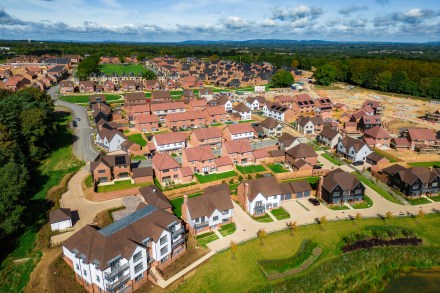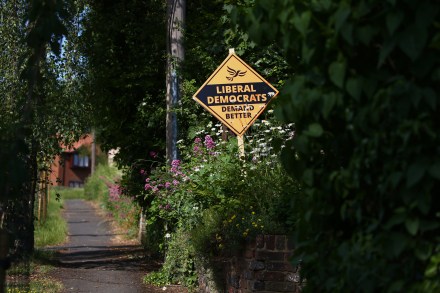Labour goes to war with the Nimbys
13 min listen
Over the weekend we have had some news on Labour’s housing policy. The Times have splashed on the news that in order to meet their pledge to build 1.5 million houses by 2030, councils will be given the power to buy up green belt land. Will this actually get Britain building? Elsewhere, the Tory leadership race continues to trundle along with Kemi Badenoch giving her first interview. Is she the candidate that Labour fear most? James Heale speaks to Fraser Nelson and Liam Halligan. Produced by Oscar Edmondson.








